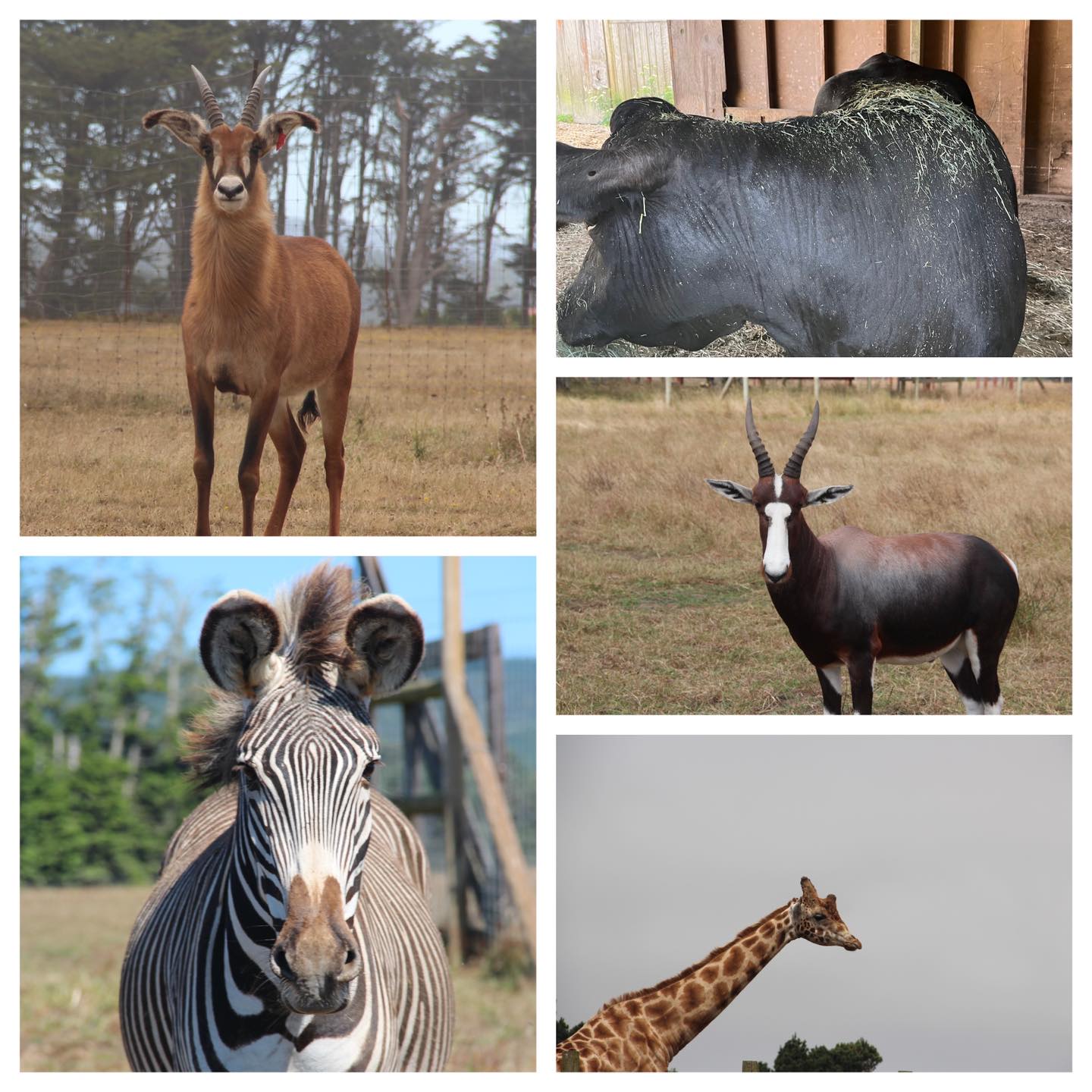Just a Few of Our Ungulates Showing Off: What’s an Ungulate?
Summary:
1. Introduction to Ungulates: Animals with Hooves
2. Even-Toed Ungulates: Antelopes, Giraffes, and Cows
3. Odd-Toed Ungulates: Zebras and Horses
4. Fascinating Adaptations of Ungulates
5. Ungulates in the Wild: Their Contribution to Ecosystems
Welcome to the enchanting world of ungulates, a diverse group of animals that truly know how to make heads turn, whether at the zoo or in the wild. In this article, we’ll explore the unique and fascinating aspects of just a few of these magnificent creatures while uncovering the secrets behind their distinctive hoofed feet. So, strap yourselves in and let’s embark on an ungulate adventure!
1. Introduction to Ungulates: Animals with Hooves
Ungulates, by definition, include any animal with hooves, which are essentially enlarged toenails. This intriguing feature sets them apart from other animals in the animal kingdom. Equipped with sturdy hooves, ungulates have evolved to adapt and conquer various habitats worldwide.
2. Even-Toed Ungulates: Antelopes, Giraffes, and Cows
One of the two main groups of ungulates is the even-toed ungulates, which include some of our beloved zoo inhabitants. These ungulates, like antelopes, giraffes, and cows, possess an odd number of functional toes, typically two or four. Their intricate foot structure allows for exceptional balance, agility, and speed.
Antelopes, with their elegant horns and slender bodies, are renowned for their remarkable burst of speed when chased by predators. Each hoof is finely crafted to support their swift movements across vast grasslands.
In contrast, towering giraffes mesmerize us with their elongated necks and distinctive coat patterns. Their majestic hooves enable them to gracefully move through the savanna and browse the treetops for scarce foliage.
Conversely, cows may seem more familiar to us, but they still hold a charm of their own. Their hooves are vital in maintaining their posture and stability, ensuring they can graze efficiently in their home pastures. These gentle ungulates contribute to zoo exhibits and the agriculture industry, providing us with nutritious dairy products and meat.
3. Odd-Toed Ungulates: Zebras and Horses
The other captivating group of ungulates is the odd-toed ungulates, represented by zebras and horses. As their name suggests, these ungulates possess an even number of functional toes, typically one or three. Their hooves offer stability and grip on various terrains, whether the vast African plains or the rugged mountain ranges.
Zebras, with their stunning black-and-white stripes, captivate audiences around the world. Though they may share similar physical characteristics with horses, their wild nature sets them apart. Zebras’ hooves are structured to navigate treacherous landscapes, allowing them to outrun their predators and showcase their zealous energy.
Horses, our loyal and majestic companions throughout history, exhibit an array of breeds with their unique characteristics. From elegant racehorses to sturdy workhorses, they have been our partners in exploration, transportation, and therapy. Horses’ hooves have evolved to withstand the tremendous stress and strain experienced during galloping and jumping, making them an embodiment of grace and strength.
4. Fascinating Adaptations of Ungulates
While hooves are the defining feature of ungulates, they possess numerous other remarkable adaptations that make them true marvels of nature. For instance, their sophisticated digestive systems have evolved to extract maximum nutrition from plant material, allowing them to survive in environments where vegetation may be scarce. Additionally, ungulates have developed complex social structures, communication methods, and physiological adaptations to thrive in their environments.
5. Ungulates in the Wild: Their Contribution to Ecosystems
Beyond their captivating presence in zoos, ungulates play an integral role in maintaining the balance of various ecosystems. Their grazing activities regulate plant growth, prevent vegetation overgrowth, and provide opportunities for other species. They act as vital links in food chains, benefiting predators and scavengers alike. Furthermore, ungulate migrations, such as the iconic wildebeest migration in East Africa, showcase the resilience and interconnectedness of these incredible animals.
We hope you’ve gained a deeper appreciation for these hoofed wonders as we conclude our whirlwind tour through the captivating world of ungulates. From the graceful galloping of horses to the mesmerizing herds of antelopes, each ungulate represents the beauty and grandeur of nature’s creations. Whether observed in zoos or encountered in the wild, these ambassadors of the animal kingdom inspire us to protect and cherish the delicate ecosystems they call home. So, next time you encounter an ungulate, take a moment to admire their hooves and the incredible journey they have undertaken through time.
*****
Source Description
Just a few of our ungulates are showing off. What’s an Ungulate? Ungulate” refers to any animal with hooves – a hoof being an enlarged toenail—even-toed ones like antelope, giraffes and cows and odd-toed ones like zebra and horses.


